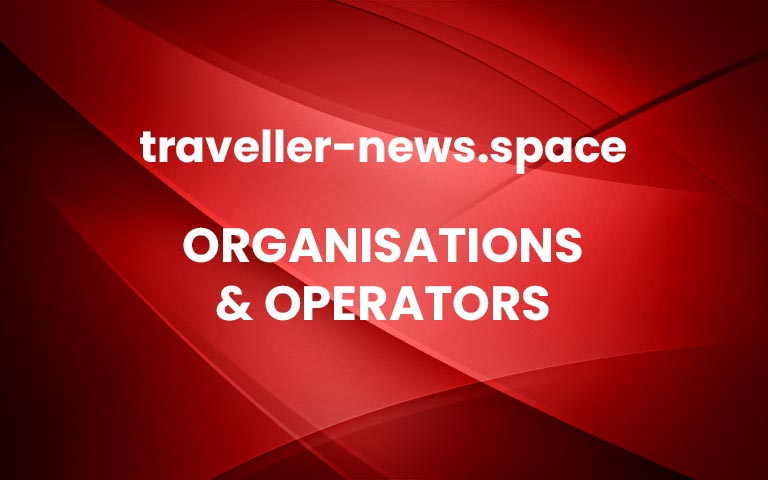QANTAS CONFIRMS NEW FLIGHT TRAINING CENTRE IN SYDNEY
The Qantas Group will train pilots at a new purpose-built centre in Sydney across its current and future fleet including the aircraft that will operate non-stop flights from the east coast of Australia to London and New York.
A new multi-million-dollar facility is proposed for St Peters near Sydney Airport and would provide training for up to 4,500 new and current Qantas and Jetstar pilots and cabin crew each year from early 2024.
The centre is expected to house up to eight full motion flight simulators, including for the Airbus A350 and A320 family of aircraft that were recently ordered as part of the airline’s Project Sunrise flights and Qantas and Jetstar’s domestic fleet renewal.
The facility will also have fixed flight training devices, emergency procedures equipment with aircraft cabin mock-up, and classroom and training facilities.
Senior Qantas and Jetstar training captains will train pilots from the two airlines while global training provider CAE will maintain the simulators and manage the day-to-day operations of the centre as part of a long-term partnership. CAE may also provide training for other airlines in the region at the facility.ADVERTISEMENTPilots typically do four sessions per year to remain current in their formal qualifications and up to 15 sessions when training for a new aircraft type.
The development is subject to planning approvals, with a submission lodged by LOGOS who will develop the centre in partnership with CAE and Qantas. The New South Wales Government has declared this proposal as state significant and will expedite its assessment.
Qantas relocated simulators from Sydney to Melbourne and Brisbane in 2021 to make way for the NSW Government’s Sydney Gateway road project. Sydney-based pilots currently travelling interstate to do their training will resume training in their home state when this facility opens in early 2024.
Qantas Group CEO Alan Joyce said the new training facility in Sydney would ensure the national carrier’s high training standards continue as it introduces a new generation of aircraft types.
“Qantas has trained its pilots and crew in Sydney for more than half a century and we look forward to bringing this critical function back to New South Wales with this custom-built facility,” Mr Joyce said.
“Sydney will be the launch city for our non-stop flights to London and New York, and will now be the home of pilot training for the A350s, which will operate these flights from 2025.
“As our international network recovers from the impact of COVID and we grow our fleet, this new training centre will give us the simulator capacity to train our new and current pilots.
“Having flight training centres in all three eastern states, where the majority of our crew reside, will provide significant cost savings and efficiencies by training them at their home base.
“We’d like to thank the NSW Government for its support for this world-class facility, which will generate broader economic benefits for the state.”
The New South Wales Minister for Planning and Minister for Homes Anthony Roberts said, “The NSW Government is a proud supporter of Australia’s aviation industry, and efforts like this will help strengthen capability and ensures NSW and Sydney remain the country’s global travel hub.”
“Our $60 million Aviation Attraction Fund is securing routes, creating jobs and promoting visitor expenditure to accelerate our COVID-19 Road to Recovery, and cement NSW as the premier visitor economy of the Asia Pacific.
“The NSW Government has declared the proposal as State Significant, in recognition of its potential widespread economic benefits and importance to the aviation industry.”
CAE’s President and CEO Marc Parent said, “As the global leader in civil aviation training, we are thrilled to be expanding CAE’s global network to Sydney, Australia to support the Qantas Group, a company that shares our unwavering commitment to safety.
“As the operator of 50+ civil aviation training centres around the world, CAE is uniquely positioned to provide operational efficiencies to the Qantas Group and deliver an exceptional training experience for their pilots.”
Qantas’ national flight training footprint includes centres in three states including the newly opened Qantas Brisbane Flight Training Centre, as well as the Qantas Group Pilot Academy in Toowoomba which supports the airline’s long-term pipeline of talent and its Nancy Bird Walton initiative to reach 40 per cent intake of female cadet pilots by 2028.
Older
NYC & Company Announces the Return of the Fall Iteration of NYC Broadway Week for the First Time Sin
Newer
Air Arabia launches new route connecting Sharjah to Milan More


